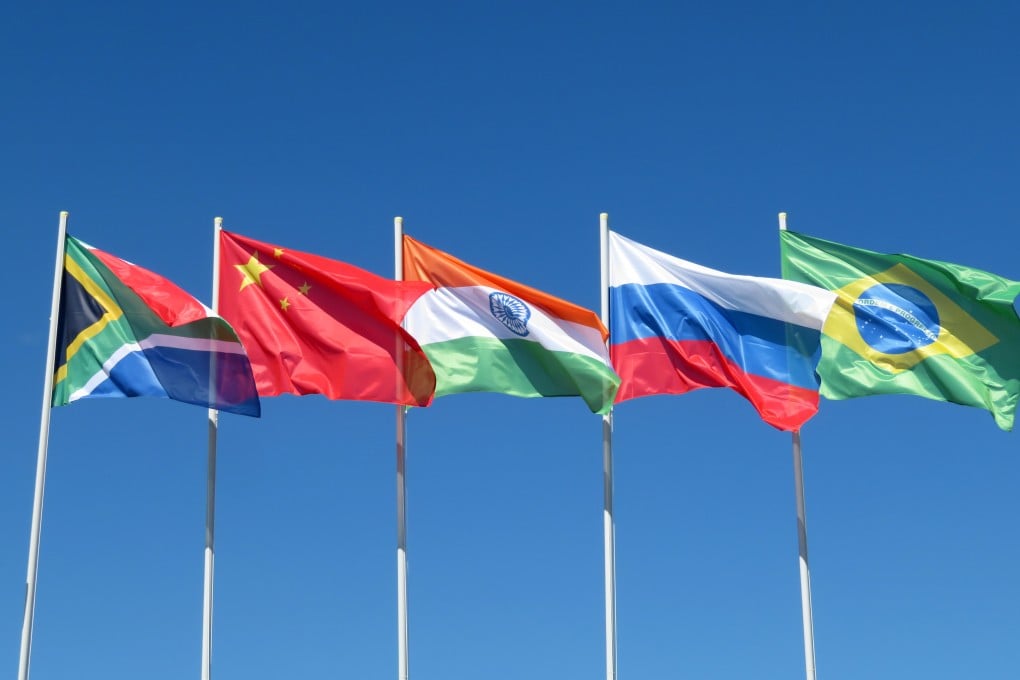Opinion | US rivalry with Russia and China is reawakening the politics of non-alignment
- Formed during the Cold War, the non-aligned movement allowed newly independent and developing countries to pursue their own goals free from US or Soviet influence
- With the world again split, emerging economies must once more assert their autonomy and prioritise their own development needs

Following the end of World War II, with the world split into a Western bloc led by the US and an Eastern bloc led by the Soviet Union, nations torn between the two established a new alliance known as the non-aligned movement.
At the height of the Cold War and amid the rise of global independence movements, the first official summit of the non-aligned movement was held on September 1, 1961 as representatives from 25 countries and three observer states gathered in Belgrade, in part of what is now Serbia.
President Josip Broz Tito of Yugoslavia launched the movement with his counterparts Sukarno of Indonesia, Gamal Abdel Nasser of Egypt, Kwame Nkrumah of Ghana, and prime minister Jawaharlal Nehru of India.
The primary objectives of non-alignment were to make sure that countries did not centre their national interests around international politics in terms of ideological aims or goals established elsewhere, and to ensure that countries maintained strategic autonomy to pursue their national development goals, as the cornerstone for establishing a just and equitable global order.
The non-aligned movement supported the security and sovereignty of its members, who were primarily from the Global South and opposed colonialism, imperialism, and foreign intervention. In a bipolar world, the non-aligned movement gave newly independent nations ways to exercise their political and economic autonomy.
When the Cold War ended with the collapse of the Soviet Union in 1991, one of the founding premises of movement became infructuous. As the Warsaw Pact led by the Soviets dismantled, the US-led North Atlantic Treaty Organization (Nato) became the only remaining functional military alliance.

